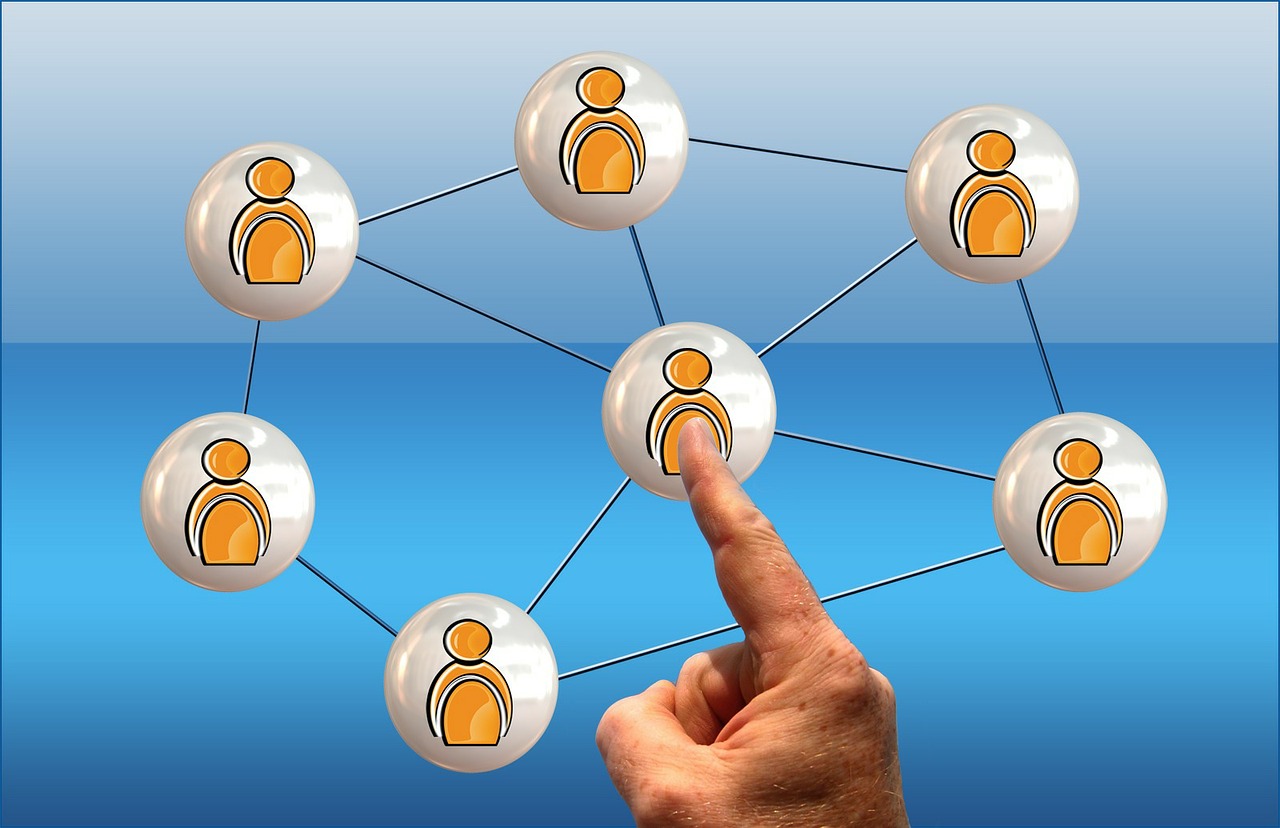Table of Contents |
You may recall previous discussions about the external environment that can have an impact on a business. Macroeconomic factors include social, legal, political, economic, and technological factors. These are all factors that are external to the business; therefore, a business has very little control over how these factors are shaped.
Social factors, especially nowadays, are uniquely impacted by technology. We live in a world where technology allows us to be more connected than ever before. Imagine five, ten, or fifteen years ago, when the internet was brand new and students were able to watch a video on Sophia and get college credit simply from doing their work in an online environment, without ever having to go to a classroom. Now, you can learn simply by watching and listening to someone who's probably thousands of miles away from you.
How do we communicate with each other? Twitter has spawned an entirely new language to make use of 140 characters or less in a message. People rarely write letters anymore.
So, these social factors and the way they are shaped by technology are important, and they impact how a business markets, because realistically, marketing at its core is communicating with the customer. If you're not communicating in the same way as the rest of society, then you're likely missing your market.
EXAMPLE
One example of social impact is online reviews. Before, you had to read the newspaper to see what a professional critic thought about a film or restaurant. Now you can see what the neighbors down the street thought of a particular film or restaurant. Businesses have to keep these things in mind to stay successful.Social media is online-based communication tools that are utilized to share information, including things like Facebook or Twitter, email, text messaging, or online reviews. These are forms of communication where society, social factors, and technology intersect, and businesses have to respond to them.
Legal and political issues have also shifted at the macro level due to technology. Most companies perform business using the internet, but that has not always been the case. It is only recently that discussions of a political and legal nature have occurred about the equality of access to the internet.
A legal factor with social media and social media marketing are privacy concerns with email, or data mining. As mentioned before, have you ever noticed that when you search for a particular product online, the next time you go to one of your favorite sites with banner ads, that product--or something like it--suddenly appears? This is because your data is being mined.
There are also new economic factors that technology has brought to bear on marketing. E-commerce, or online sales, is a huge industry. Before, you had to go to a store to get something, or you had to order it out a catalog. Now, you can simply point and click on a mouse. This has been done since the early '90s when Pizza Hut sold its first pizza online. We've come a long way since then.
So, how do you market your business or practice to take advantage of this e-commerce? It reduces the cost because you don't have to have a brick and mortar store, but it also presents new challenges. There is also this new concept called a virtual community that didn't exist before. A virtual community is a community that exists in the electrons of the ether of the internet. The inhabitants don't actually meet, or even belong in the same geographic area, necessarily. They simply share the same interests and they express and pursue them in an online or virtual environment.

How do businesses take advantage of this particular virtual community? Well, for one thing, you have to be a part of that community. You can't just jump in and say, "Hey, buy my product!" That usually doesn't work. You need to become a part of it. Therefore, you need to create a brand identity that is part of that virtual community. You can also reward customers in a virtual community with loyalty programs that can be used online.
EXAMPLE
For instance, businesses can use Twitter to advertise to the people who follow them in their virtual community about a particular discount on a product. Similarly, the people who follow that business, and are part of that virtual community, would likely be interested in that product--and potentially buy it.Now, in building this virtual community, businesses will use something called the four C's of social technology, which are:
The world is changing, and technology is always changing. Remember the question at the beginning of the lesson, asking how many of your electronics are over five years old?
Technology is constantly changing, and it is critical to continually review it and update it. An organization can no longer simply build something and expect to keep it that way forever.
IN CONTEXT
Does anyone remember one of these? Well, for those of you who don't, it's called a rotary telephone, and it was used universally back in the day.

It was actually attached to a cord in the wall. If you wanted to go to another room with the handset, you had to get a really long extension cord--but you were always connected to it. This was cutting edge at one time.
Imagine a company trying to run their business and market using just this technology. It simply wouldn't work.
You always need to be updating your systems, and not just the hardware, but the software, too. Websites, sale systems, programs, online reviews, operating systems--all of these things must be under construction almost constantly, which presents a new challenge. How do you keep running your business if you're always having to update your profile or website, for instance? Well, it's a fact of life and you simply can't get avoid it.
Source: adapted from sophia instructor james howard